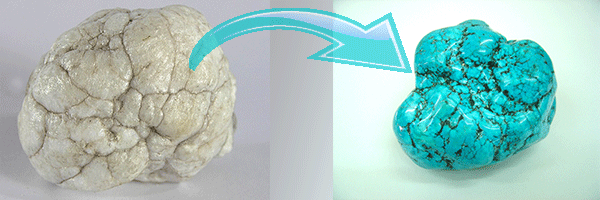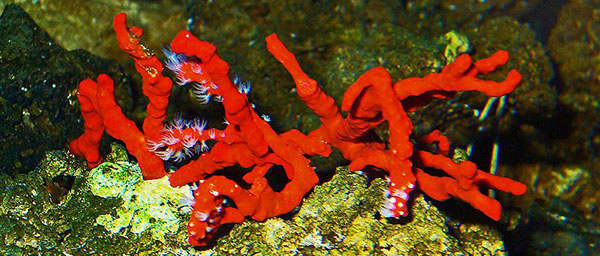Recent Posts
- Home
- Musings From the Store
- Rocks In My Head: “To dye or not to dye, that is the question”
Rocks In My Head: “To dye or not to dye, that is the question”
Posted by on

“To dye or not to dye that is the question” (Rocks in my Head 4)
Many stones sold commercially are dyed or the result of other types of treatment. The Bible records several metal ores ground to powder, mixed with animal fats and oils, and used for cosmetics. The first documented treatment of stones was by the Roman Pliny the Elder (1st century AD) and oiling of stones especially emeralds were common in Roman times and ever since.
Most treated stones started as a much poorer grade of the same stone. Gem treatment is much more about colour enhancement than creating new stones. Nearly all gemstone treatments are permanent and do not degrade over time. The traditional distinction between precious and semi-precious does not necessarily reflect modern values, for example, while garnets are relatively inexpensive a green garnet called tsavorite can be far more valuable than a mid-quality emerald.

Stones were first dyed with clothing type dyes and, with the development of steam power pressure cookers, were used to induce much more permanent colourization of tones. Just about every colourization has been done. Coral is a good example -Blood red coral is highly endangered and nearly extinct and is mainly native to the Mediterranean.White coral is exceptionally common particularly in the western Pacific and being both porous and white is easily dyed almost any colour. Any coral buyer can assume any of the better colours of coral are dyed unless sold with papers from a well respected gemologist or assayer. There are some white stones like howlite (which is commonly dyed to resemble either lapis lazuli or turquoise) though these are easily distinguished as dye seldom goes beyond 1mm deep in the stone while lapis and turquoise are of uniform colour throughout.

Heating is the second major treatment – most citrine today is heat treated amethyst. Similarly rare coloration are produced by application of heat. Some highly sought after gems would not exist or be much rarer – for instance tanzanite and pink topaz.
In the post World War 2 era exotic coloured stones have been created using radiation. By law these are carefully tested to assure safety as improperly treated gemstones can be hazardous. Some of the more exotic diamond colours, Alexandrite and London Blue Topaz are enhanced this way.
Other gemstones are created by artificial means with the best known being Cubic Zirconia, Moissanite (both of which appear diamond-like but have distinctive gemological features that a trained gemologist can readily distinguish from diamond) and the recent “Artisan Diamonds” which are chemically and optically identical to the naturally mined gemstone in nearly every way.
To further confuse the issue there are many local names and trade names for stones though reputable dealers usually know what stone it is though not necessarily which treatment was used to produce that colour. Agate and jasper are two families of minerals rather than a specific type of mineral with much variation within their stone family groups
Most stone treatments do not involve changing the nature of a stone but rather to change a “D-grade” to an “A-grade” coloured stone of the same type. Howlite is naturally white with grey inclusions which is often dyed turquoise blue or lapis blue. Most reputable dealers will call these stones ‘turquoise coloured howlite” or “lapis coloured howlite” – these are dyed stones where the dye normally does not go more than 1 mm deep. Agates are another quite permeable mineral and many agates are dyed though it is unusual for these to be identified as anything other than agate.
In 2018 the market for stones is much more complex than ever before and while you will seldom get a different stone than you think you are buying numerous forms of stone treatment can enhance the colour and depth of colour to make an average stone something really special. If you purchase an enhanced stone by all means enjoy your purchase even though if you purchase a treated stone the colour quality is different from the rough ore it was created from. Stone dealers take great care correctly identifying stones today and while hype exists as in every industry the industry is built on trust making outright fraud extremely rare.
 Loading... Please wait...
Loading... Please wait...
